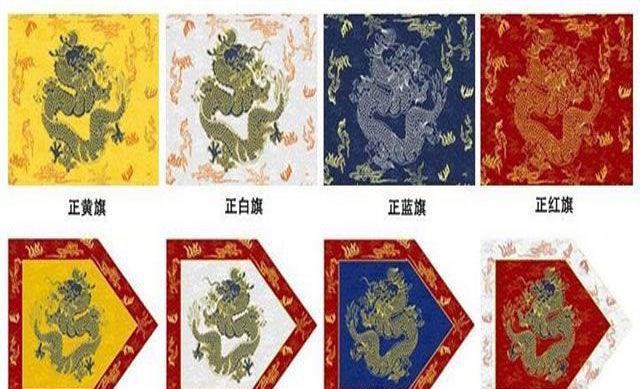
In February of the eleventh year of the Wanli Dynasty (1583 AD), Nikan Wailan, the lord of Tulum of the Jurchen Dynasty of Jianzhou, colluded with the Ming dynasty generals to kill Nurhaci's father and ancestor. In May of the same year, Nurhaci, determined to take revenge, raised an army with "13 pairs of remaining armor", and in less than ten years, he not only eliminated the enemy Nikan Wailan, but also successively annexed the Yalu River and other tribes in Changbai Mountain, unifying the Jurchens of Jianzhou.
The army's combat effectiveness did not increase with the increase in strength
As the territory continued to expand, the number of Nurhaci's army also increased rapidly. When the city of Tulum was conquered in May of the eleventh year of the Wanli Dynasty (1583 AD), there were only 100 soldiers and 30 armors; by the time of the capture of salhun and Zhaojia cities, 300 more were added; by the time of the attack on Maldunzhai in the first month of the following year, Nurhaci had nearly a hundred men. In addition to the captives in the conquest, many city lords and tribal leaders voluntarily submitted, which expanded Nurhaci's command to the size of thousands of people.
Although the number of troops has increased, the overall combat effectiveness is not reliable, and many times Nurhaci or even 1 person is fighting. In the thirteenth year of the Wanli Dynasty (1585 AD), when attacking the Zhechen Department, Nurhaci suddenly encountered 800 enemy troops, although there were more than 80 people around him, but in the face of ten times the enemy, these subordinates were timid. In the end, it was Nurha who dismounted on foot and personally entered the siege, killing more than 20 people in a row before forcing the enemy soldiers to flee by wading through the river.
Twice, the dispatch of people could not stop the battlefield robbery
Although the combat strength is not strong, the ability of this unit to make trouble is not small. In the first month of the seventeenth year of the Ming Dynasty (1589), Nurhaci once again attacked zhaojia city, attacking for 4 days in a row, and when the castle was about to be captured, the army began to compete for prisoners and booty. Nurhaci disarmed and let his subordinates go up to stop it, but not only did they not stop it, but even the subordinates of the naihu also grabbed it. Nurhaci had no choice but to untie the cotton armor and give it to Baltai, and as a result, Baltai, like Naihu, also grabbed it.
In such an army, Nurhaci twice practiced entrusted command, and as a result, even the discipline on the battlefield could not be maintained, which showed the extent of the dispersion. Perhaps for this reason, in the twenty-ninth year of the Wanli Calendar (1601 AD) and the forty-third year of the Wanli Calendar (1615 AD), Nurhaci set up the yellow, white, red, and blue four flags and the four flags of yellow, white, red, and blue, established the eight flags system, and carried out comprehensive rectification and training of the troops.